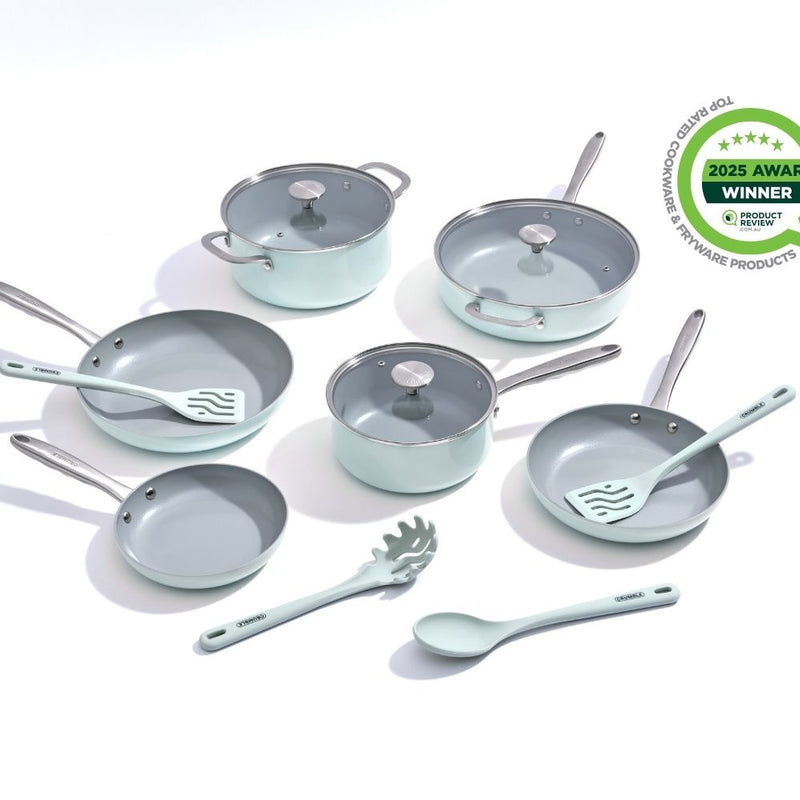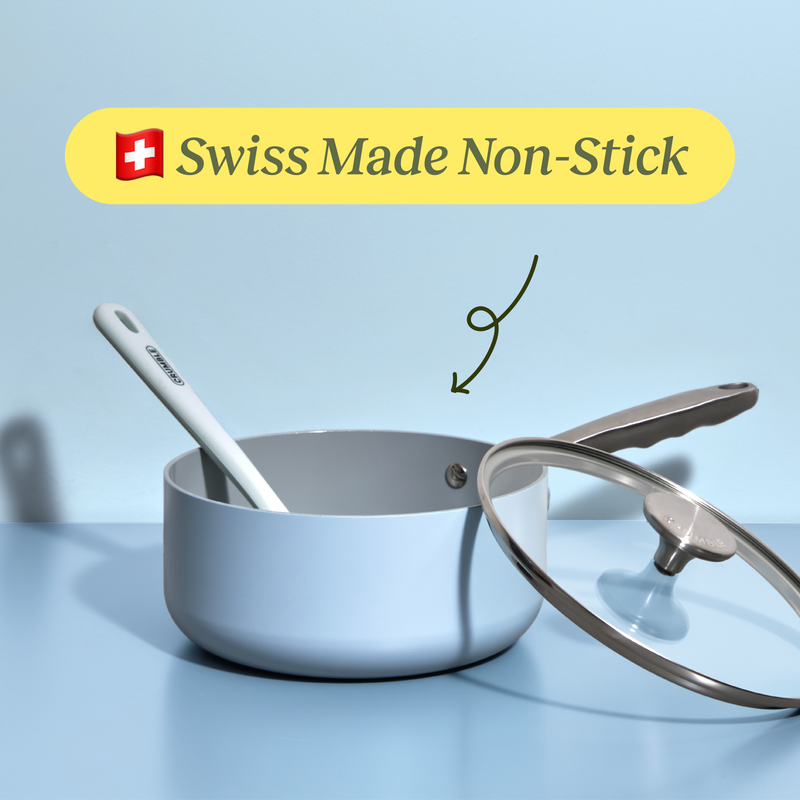


A Dutch oven is built to last a lifetime – but only if you treat it right. Whether you’re dealing with burnt-on bits, discolouration, or just everyday cleaning, looking after your Dutch oven properly means it’ll keep performing (and looking good) for years. Here’s exactly how to clean and care for your Dutch oven, no matter what kind of mess you’re up against.

It’s super easy to keep your Dutch oven clean and beautiful when you know the right tips & tricks!
After each use, let your Dutch oven cool down slightly before washing it. Going from hot to cold too quickly can cause thermal shock, which can lead to cracks in enamel or warping in cast iron.
For general cleaning:
If you’ve cooked something mild like a soup or pasta sauce, this routine is enough to keep your Dutch oven in top shape.
Sometimes, no matter how careful you are, food sticks, or worse, burns. But don’t panic – your Dutch oven isn’t ruined.
For stuck-on food:
For tougher stains:
If you’ve got stubborn discolouration, a good trick is to fill the pot with water and a splash of white vinegar, bring it to a gentle simmer, then let it cool before washing.

Dealing with some burnt spots? All it takes is a little baking soda mix and gentle scrubbing with a nylon brush.
At Crumble, our Dutch ovens are dishwasher safe, but frequent high-heat washes and strong detergents can dull the enamel over time. If you’re in a rush, the dishwasher won’t ruin it – but if you want your Dutch oven to last for decades, hand washing is the better option.
If you are going to use a dishwasher, we recommend not placing your Dutch oven on the bottom shelf. Also, citrus juices and citrus-based cleaners (including some dishwasher detergents) should be avoided as they can dull the exterior gloss.
Don’t forget the lid – it needs cleaning too.
For shallow casserole Dutch ovens, food and oils tend to collect around the edges, so give those spots a little extra attention when cleaning.
With regular use, your Dutch oven might start to show signs of wear – small stains, light scratches, or slightly dulled enamel. These don’t affect performance, but if you want to keep yours looking as good as the day you bought it, here are a few tips:

If you look after your Dutch oven, you can enjoy this kitchen essential for decades.
Looking after your Dutch oven isn’t complicated, all it takes is a few simple habits to keep it in top shape for years. Whether you’re slow-cooking, baking, or frying, a well-maintained Dutch oven will always be ready to handle whatever you throw at it.
Need a Dutch oven that’s built to last? Shop Crumble’s Dutch Oven collection.